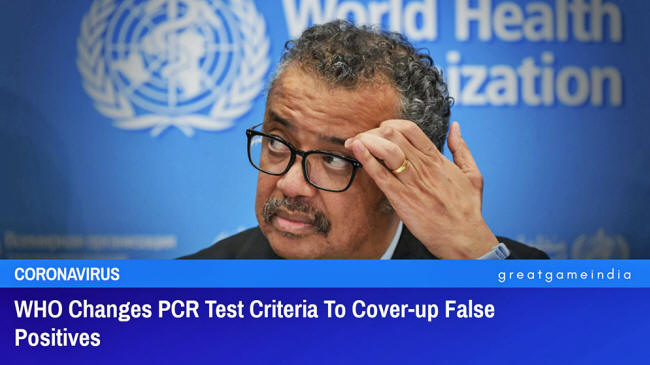|
Tedros Adhanom Ghebreyesus World Health Organization - WHO
In updated guidance published on Jan. 20, the WHO said that lab experts and health care practitioners should also consider the patient's history and epidemiological risk factors alongside the PCR test in diagnosing the Coronavirus.
The new guidance could result in significantly fewer daily cases, the false positive cases that created an environment of panic and fear which experts have been warning since last year.
It's unclear why the health agency waited over a year to release the new directive when the medical community already advised against it.
Last year, a Portuguese appeals court had ruled that PCR tests are unreliable and that it is unlawful to quarantine people based solely on a PCR test.
The court stated,
Citing Jaafar et al. 2020, the court concludes that:
The court further notes that the cycle threshold used for the PCR tests currently being made in Portugal is unknown.
The threshold cycles used in PCR tests in India is between 37 and 40, which makes,
It is also important to remember PCR was invented as a way to create copies of genetic material:
As GreatGameIndia reported earlier,
This fact about false positives of PCR Tests was first noted in public by Dr. Beda M. Stadler, a Swiss biologist, emeritus professor, and former director of the Institute of Immunology at the University of Bern.
So if we do a PCR corona test on an immune person,
The test comes back positive for as long as there are tiny shattered parts of the virus left.
Correct:
Earlier, the WHO's testing protocol was even questioned by Finland's national health authority.
WHO had called on countries to test as many patients as possible for Coronavirus.
So, if the WHO's testing protocols are indeed based on the most reliable, accurate and well sourced technologies and research methodologies available worldwide,
Indeed the WHO knows it doesn't work and moreover this is not the first time such criticisms have been voiced.
In the past in 2010, the WHO was caught faking a pandemic and was forced to admit that its methodology of measuring the virality or the spread of the disease, instead of its severity was incorrect.
Additional Information
|


